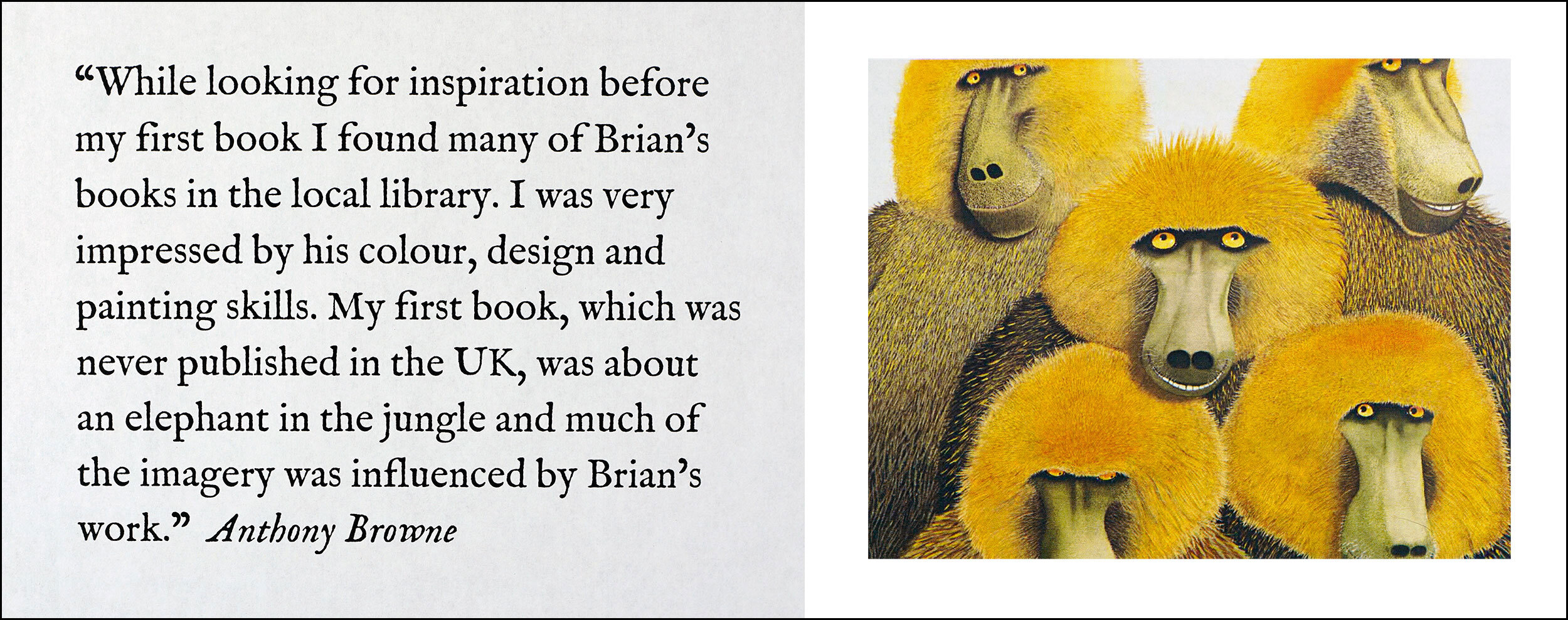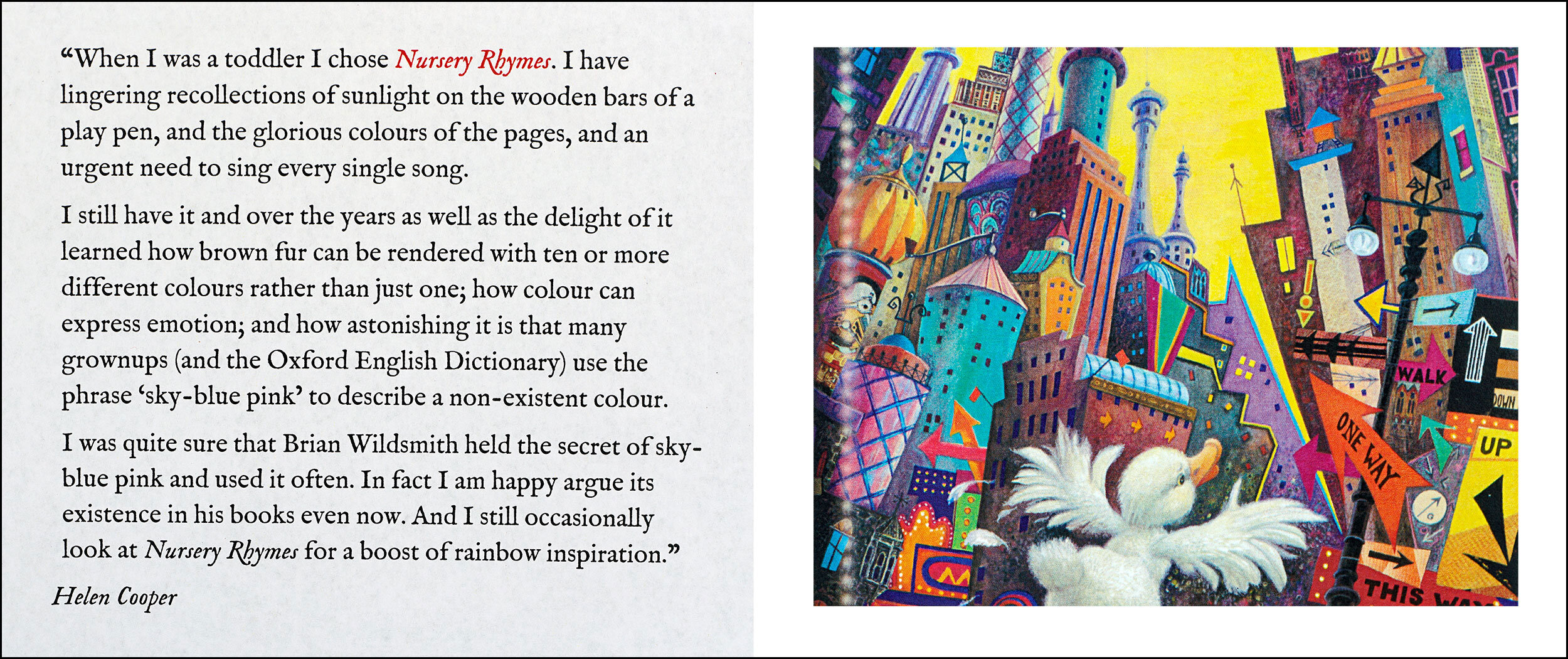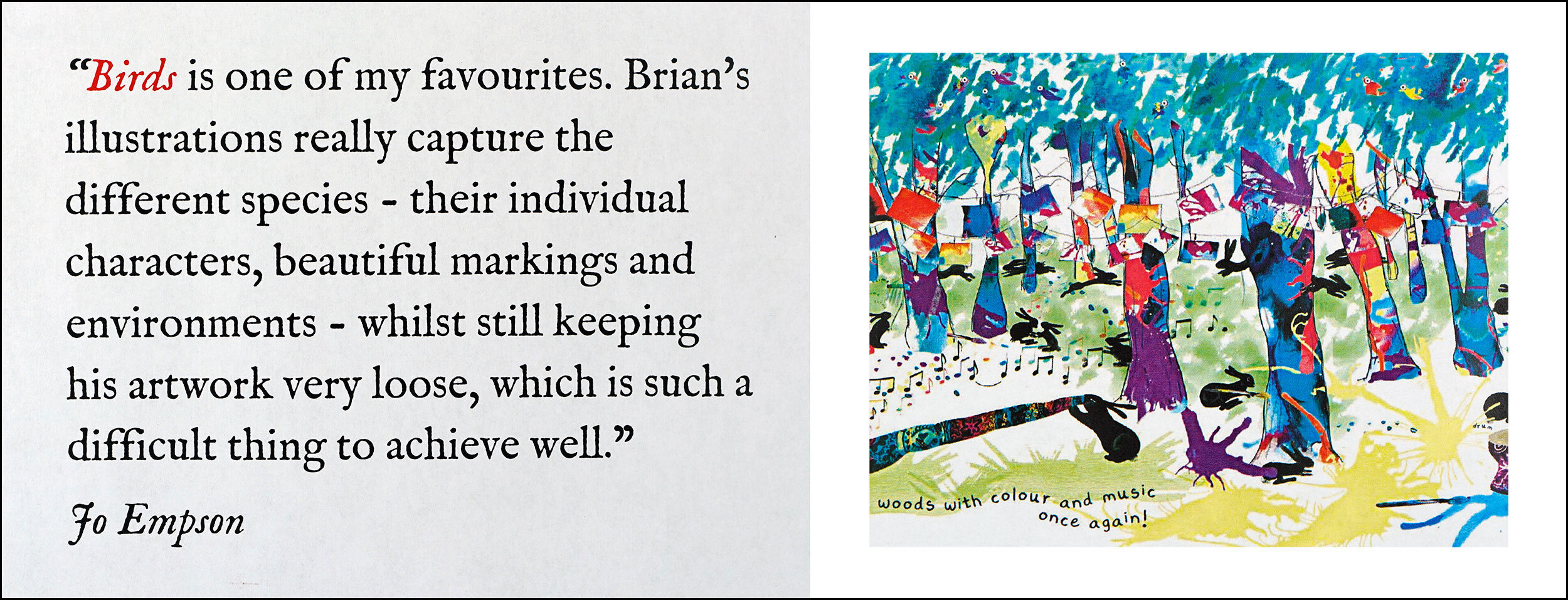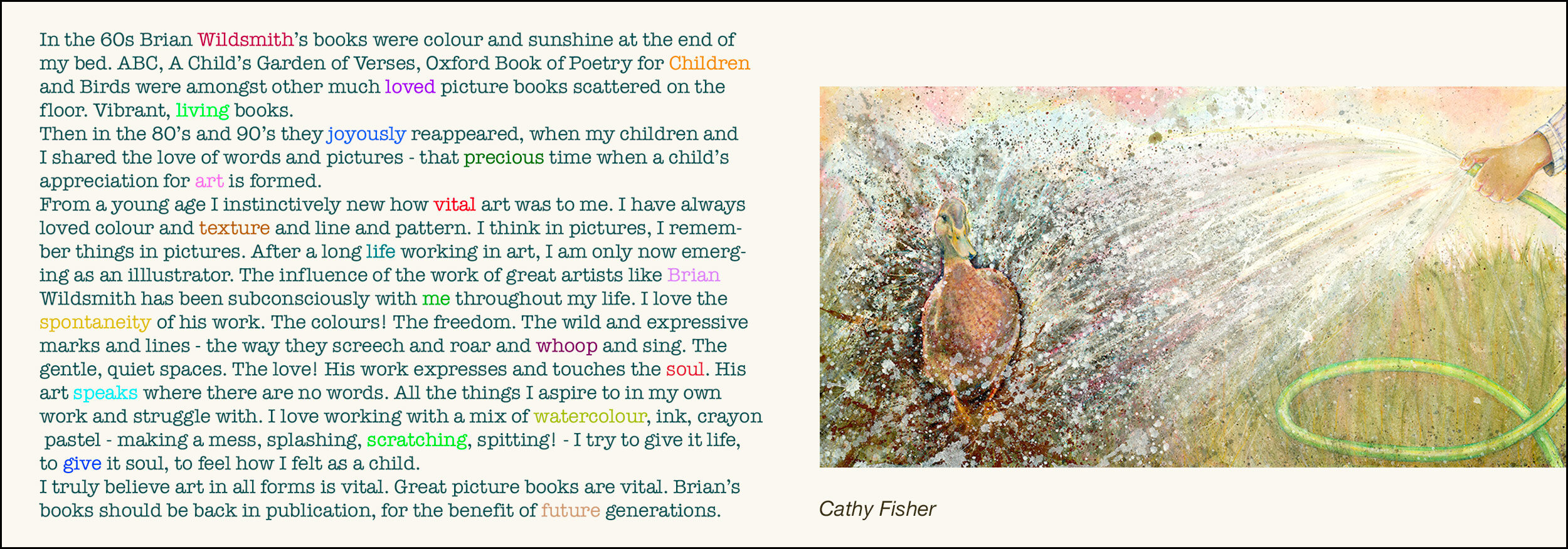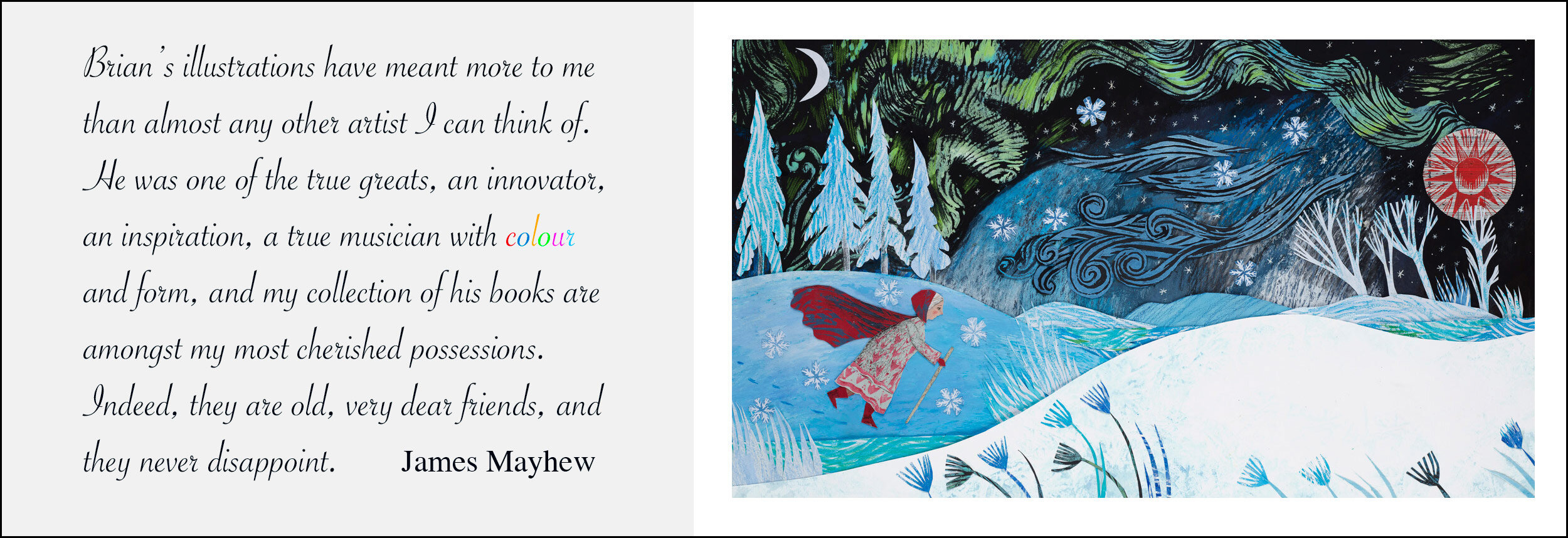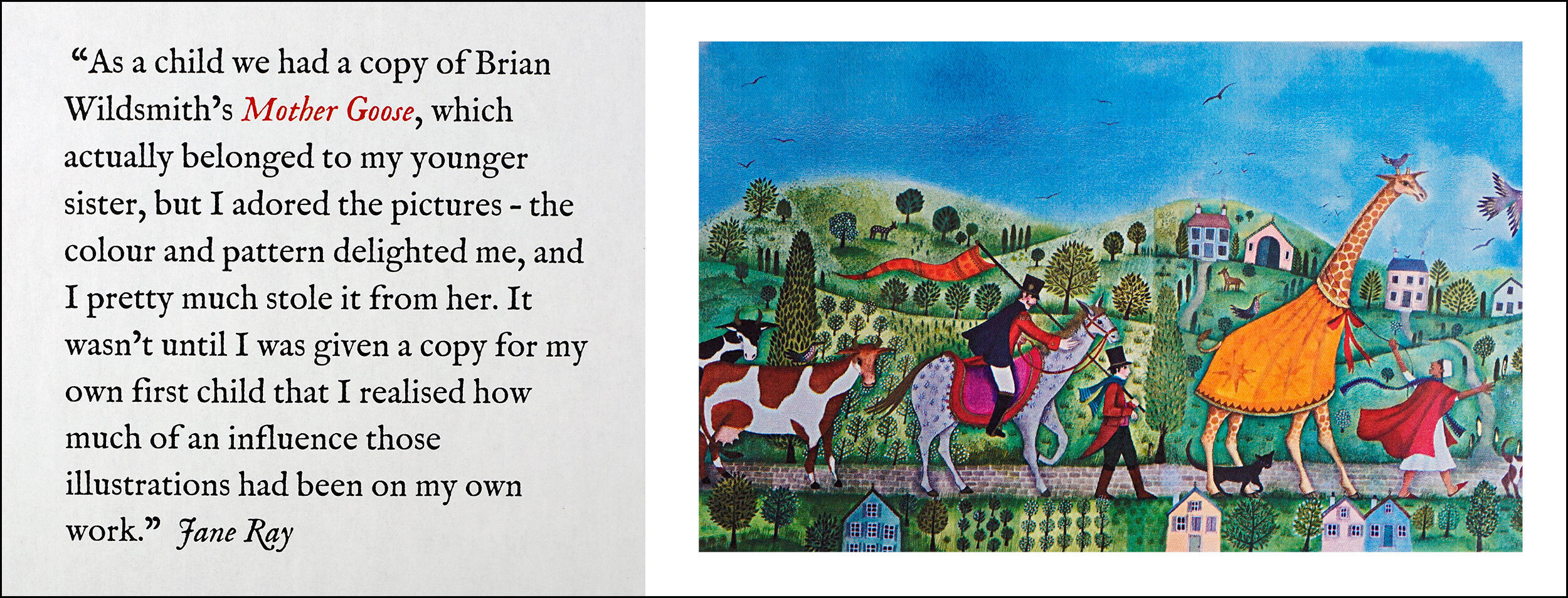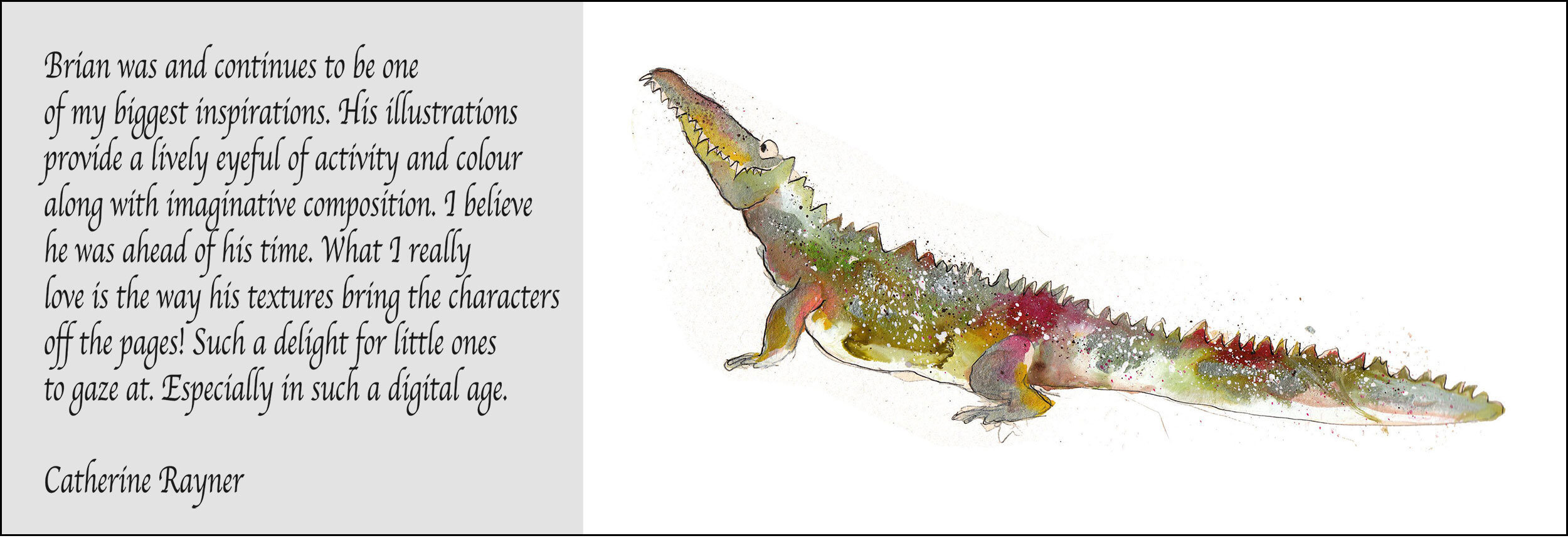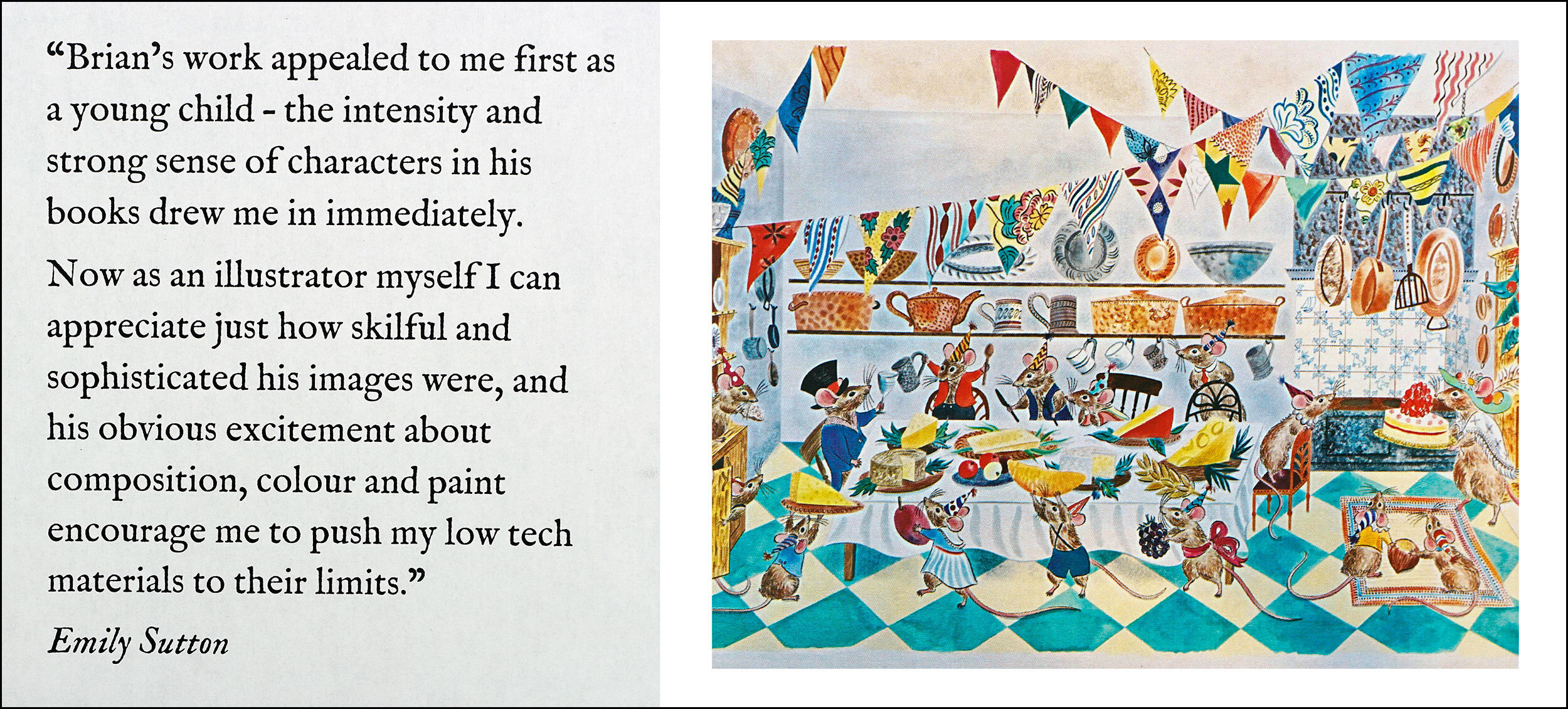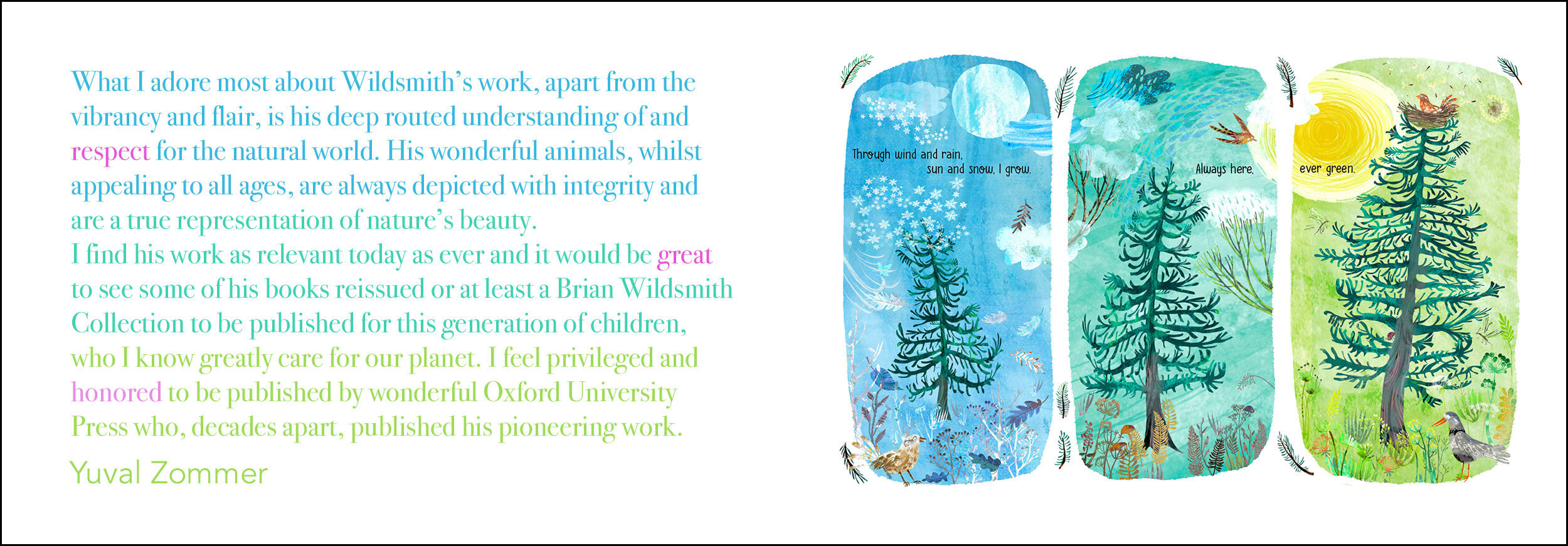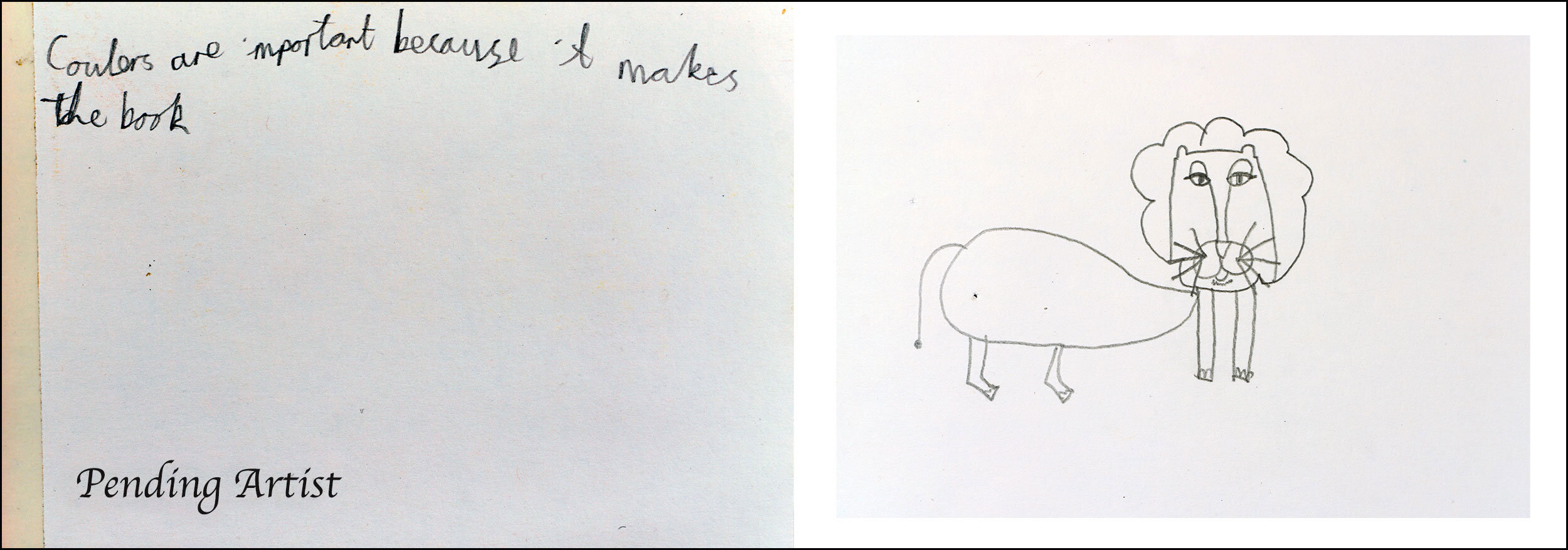WHAT OTHER ARTISTS & AUTHORS SAY
We are most touched by the generosity of a number of key players in the world of Juvenile illustration and literature for their support and for supplying us with their thoughts on and appreciation of Brian’s work.
Heartfelt thanks to you all and to the many on social media platforms encouraging a revival of Brian’s wonderful world of illustration for a new generation of children.
Clare, Rebecca, Simon Wildsmith
Professor Martin Salisbury
Professor of Illustration & Director, the Centre for Children’s Book Studies. Faculty of Arts, Humanities and Social Sciences, Cambridge School of Art, Cambridge, UK.
Martin is an illustrator and author of a number of books on the practice and theory of children’s book illustration.
“The explosion of colour and pattern that Brian Wildsmith first unleashed on the world of book illustration in the early 1960s has made a lasting impression in the field. It is easy to forget that, prior to the publication by Oxford University Press of his illustrated edition of Tales from the Arabian Nights in 1961, such vibrant and determinedly painterly work was not a familiar sight between the pages of children’s books. Thanks to the visionary collaboration between the artist and legendary OUP editor Mabel George (and her determination to find a printer with the knowledge and sensitivity to do justice to Wildsmith’s pictorial exuberance and mastery of materials), a whole new world of colour was opened up. His intense palette and daring use of space were now given free rein in the series of picture books that followed.”
“Formerly trained as a painter at the Slade School of Fine Art, in many ways, Brian Wildsmith redefined the children’s picture book by bringing these painterly concerns to the pages of books with a tacit respect for children’s ability to appreciate good art. His work feels as fresh and contemporary today as it did when created. Never patronising its young audience, one reason for its continued appeal is perhaps what Douglas Martin, in his collection of essays on illustrators, The Telling Line, identifies as its grounding in ‘true structural and artistic principles.
Brian Wildsmith’s work stands with the very best of children’s book illustration.”
Susie Mesure, The Independent. Extract from Brian Wildsmith: Technicolor artist of wonder and beauty. Susie Mesure meets Brian Wildsmith
“Technicolor artist of wonder and beauty. Wildsmith is an illustrator who made his name in a rainbow explosion back in the early sixties with the simplest of children’s books, an ABC, that set a brightly coloured flame burning through the publishing world.”
Ruth Prickett, Illustration magazine
“Brian Wildsmith’s ABC burst into the staid world of children’s publishing with a rainbow of bold and brilliant images in 1962, won the Kate Greenaway Medal and helped set the tone for a new era of children’s books. It is the universal appeal of great stories, timeless positive messages and a powerful visual impact that has won Wildsmith’s work fans round the world.”
Sioned Jacques, CILIP Carnegie and Kate Greenaway Chair of Judges
“Wildsmith brought a sense of unrestrained freedom to his work in terms of colour and form. His approach utilised these in ways that not only conveyed talent but elevated the majesty and movement of the natural world of his subjects. His illustrations never failed to captivate, engage and remind of a world of wonder that existed beyond the confine’s of one’s own experience.”
Anthony Browne, illustrator & Children’s Laureate 2009 - 2011
“Brian Wildsmith was one of the most original and influential picture book makers in the world, particularly in his use of colour and space.”
Joanna Carey
“When Brian Wildsmith’s ABC won the Kate Greenaway Medal in 1963, it was startlingly original. Now, nearly 50 years on, the images are still bold and surprising, often cropped in unexpected ways with no mimsy borders, or unnecessary detail. The brush strokes have an impetuous tactile quality, the paint looks thick and fresh, and even now you feel that if you closed the book, the pages would stick together. The colours shout, sing and whisper, according to the mood… This alphabet was clearly the work of a painter.”
“Animals have always played a vital role and with the three non-fiction books, Wild Animals, Fishes, and Birds (all separately published in the ’60s, but now gathered together in one volume, Animal Gallery) he was in his element and could allow his painterly instincts a free rein. This resulted in some stunningly beautiful images, rich in colour, texture and pattern, that explore the natural world. Bringing the art of illustration a little closer to the art of painting, these books are as rewarding as they are inspirational….The use of colour and texture is magical in its variety – the wrinkled skin of the elephant is thickly painted, then blotted and scraped, while the rhinoceros is delicately depicted in line and wash; then there are the fishes – rainbow fish flaunting their jewel colours, on a splashy spattered background, and the subtly stippled trout, hovering in the underwater stained glass luminosity of it all. Most memorable of all are the owls whose hypnotic stare fixes you and defies you to turn the page.”
“The Little Wood Duck (1972), although a rather slight story, is one of Wildsmith’s most beautiful books. While the psychedelic butterflies, wilful colours and splodgy brushwork of the flowers and foliage, place this firmly in the ’70s, the drawing of the fox and the duck and the delicate handling of the fur and feathers have a tenderness and attention to detail that you often find hidden away in early Italian paintings, and, in addition to that, there’s an oriental feel to Wildsmith’s exquisite watercolour technique which perfectly captures the thistledown texture of the duckling, so much so, that you almost feel it, soft and insubstantial in your hands.”
Helen Mortimer, Children’s Books editor, Oxford University Press. Now freelance editor, story shaper & writer at yours editorially
“Brian truly believed that art is food for the soul – and generations of children have been nourished by his paintings. They exude both power and subtlety and there is something honest and truthful in the expression of every face that looks out of his pictures to meet the gaze of the reader.”
“Looking at these paintings now, it is not difficult to imagine – with a spine-tingling sense of excitement – the sort of impact their shimmering colours, revolutionary use of abstracted pattern and bold design, and joyous, untrammelled energy must have had when they were first published in the 1960s.”
“He was so humble about his towering talent”
Mabel George, MBE, Children’s Book Editor, Oxford University Press. Brian’s first editor
“..glorious freedom and unconventionality in his use of colour..”


